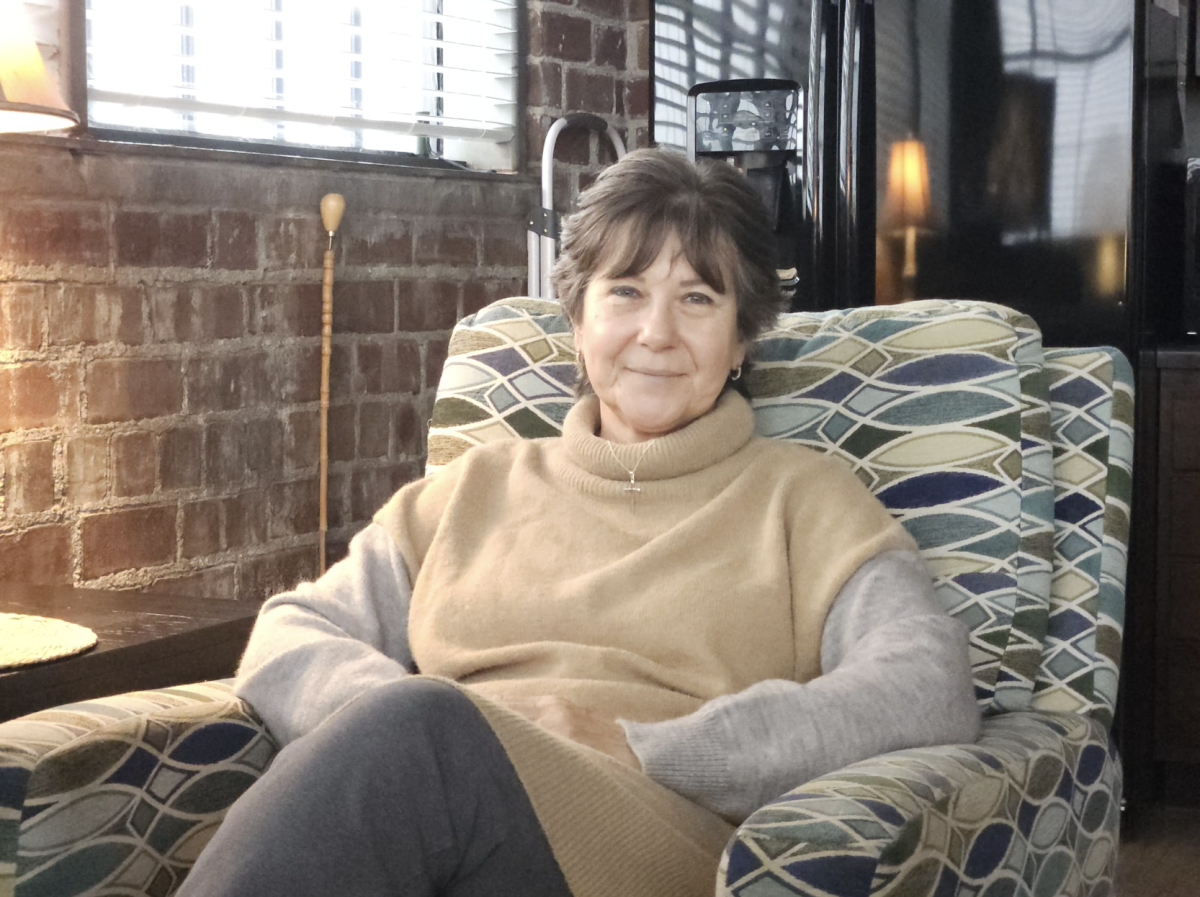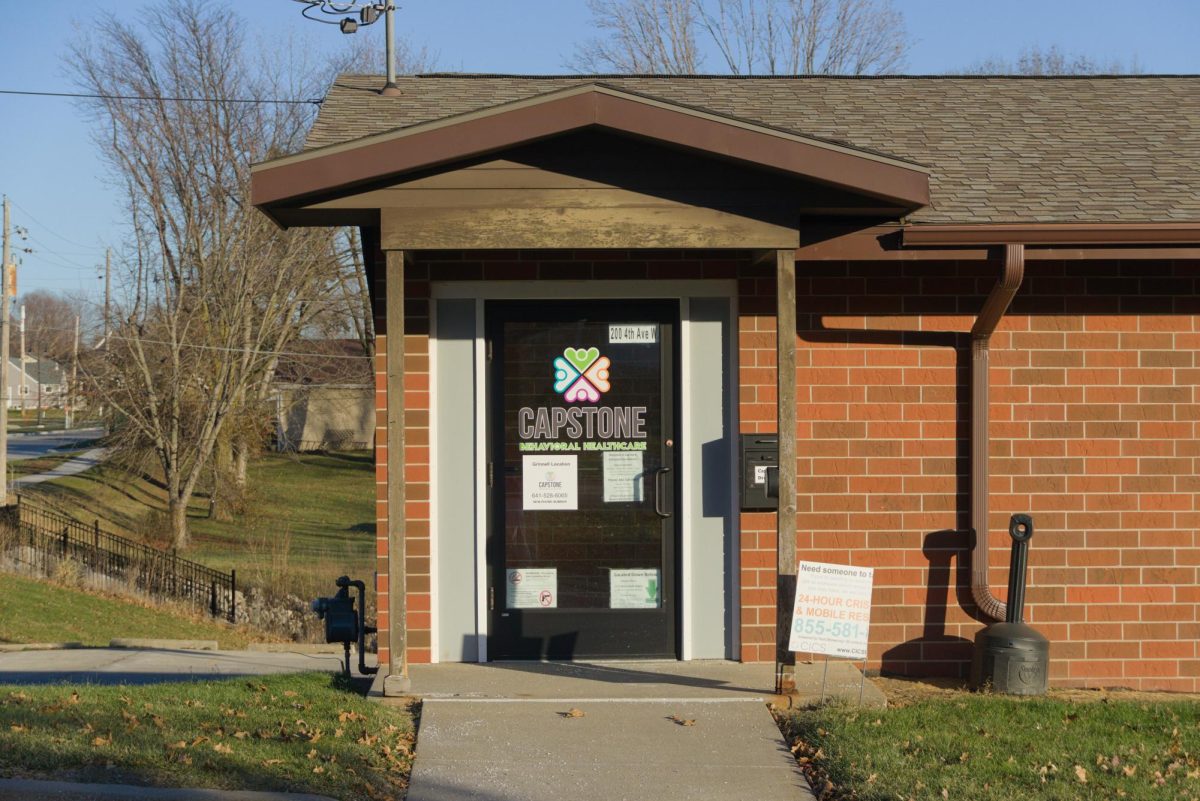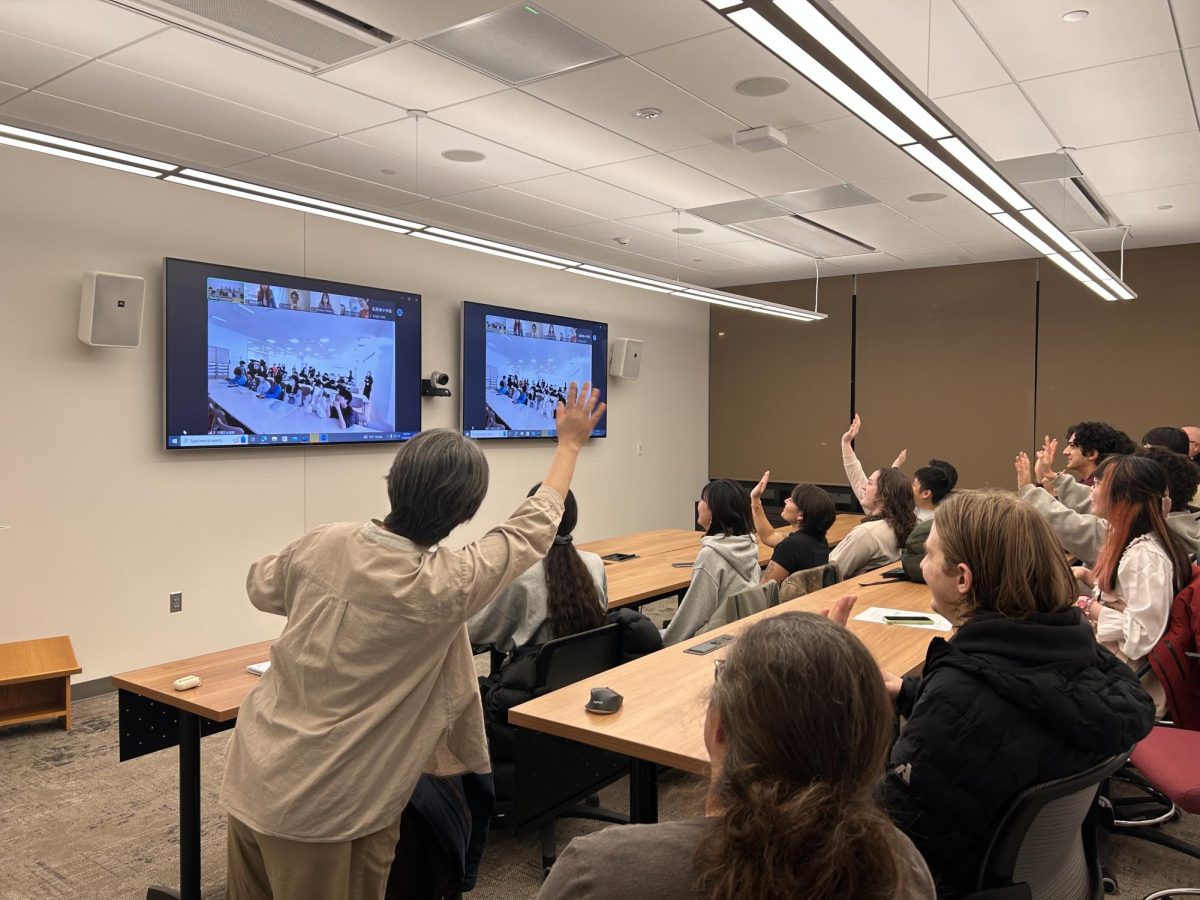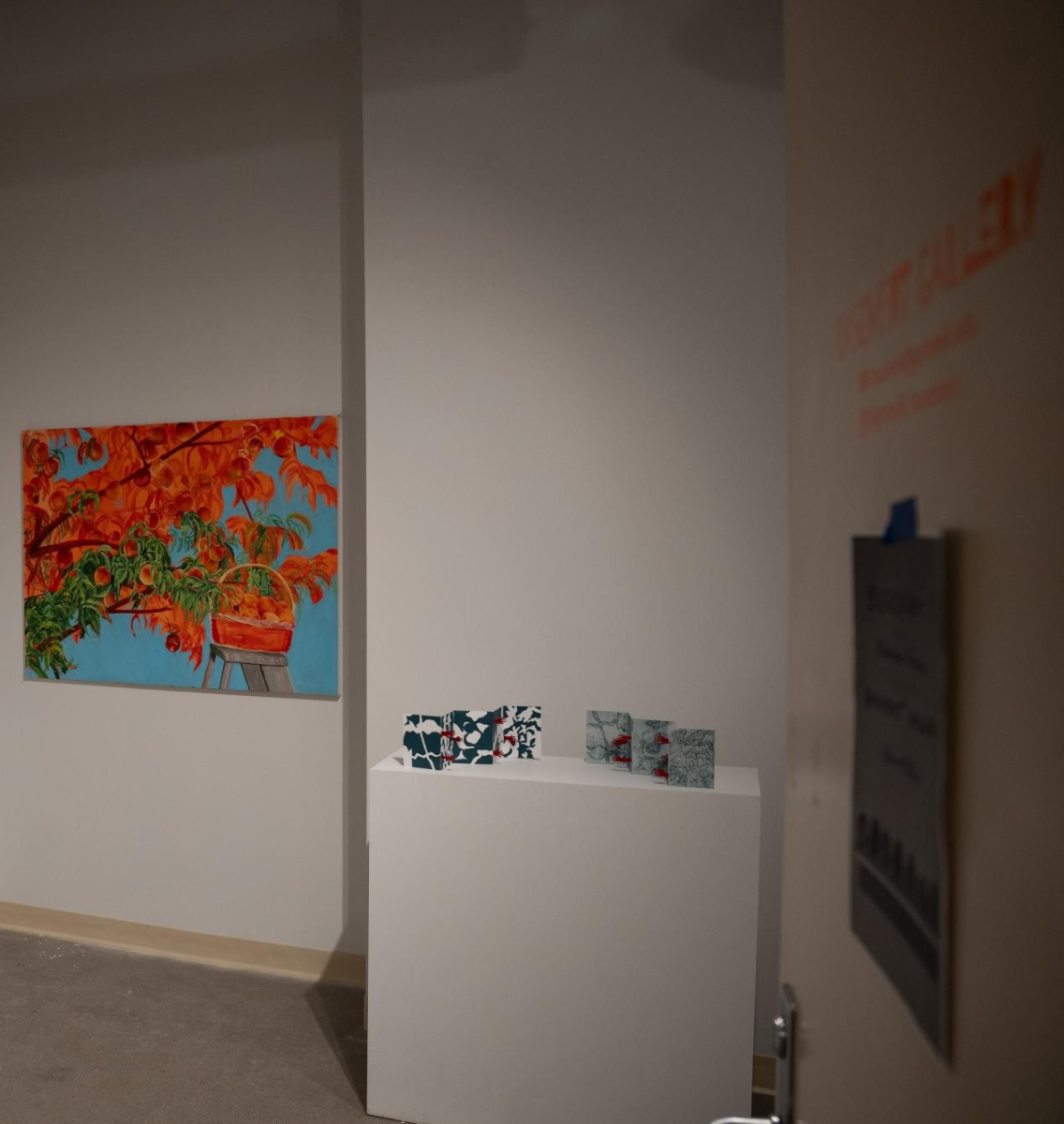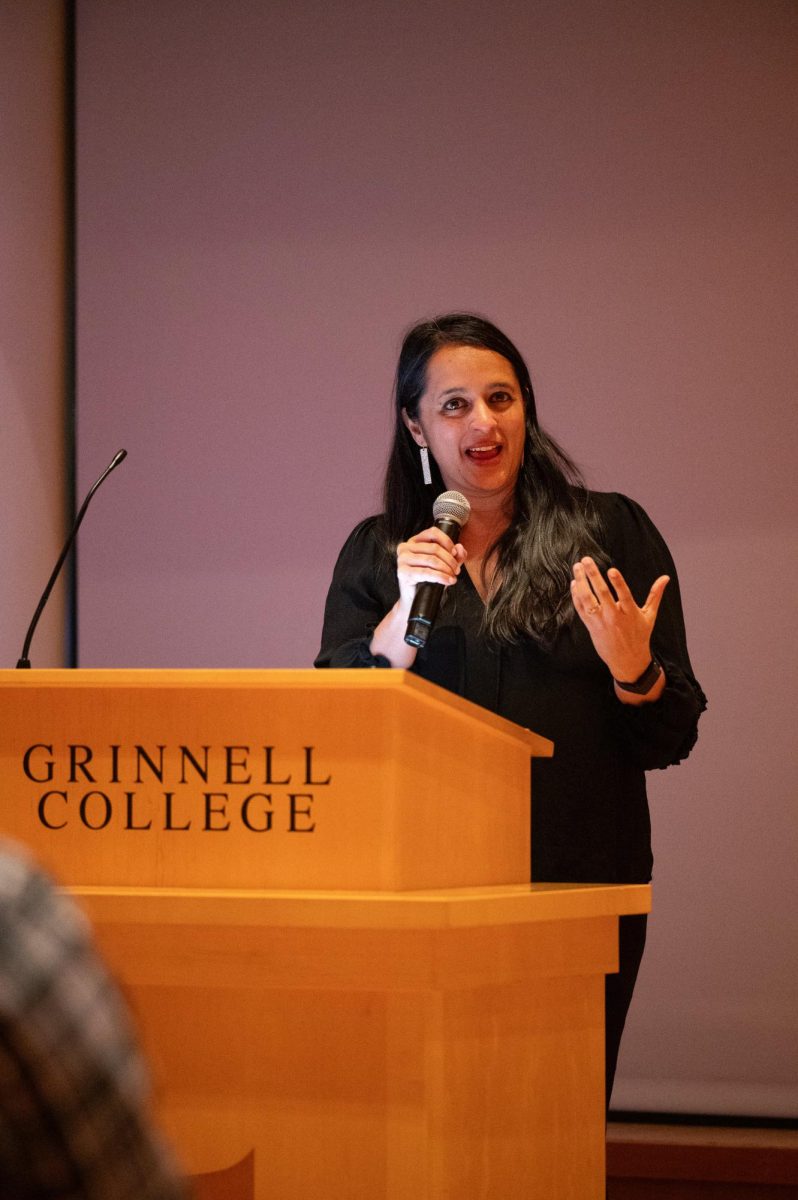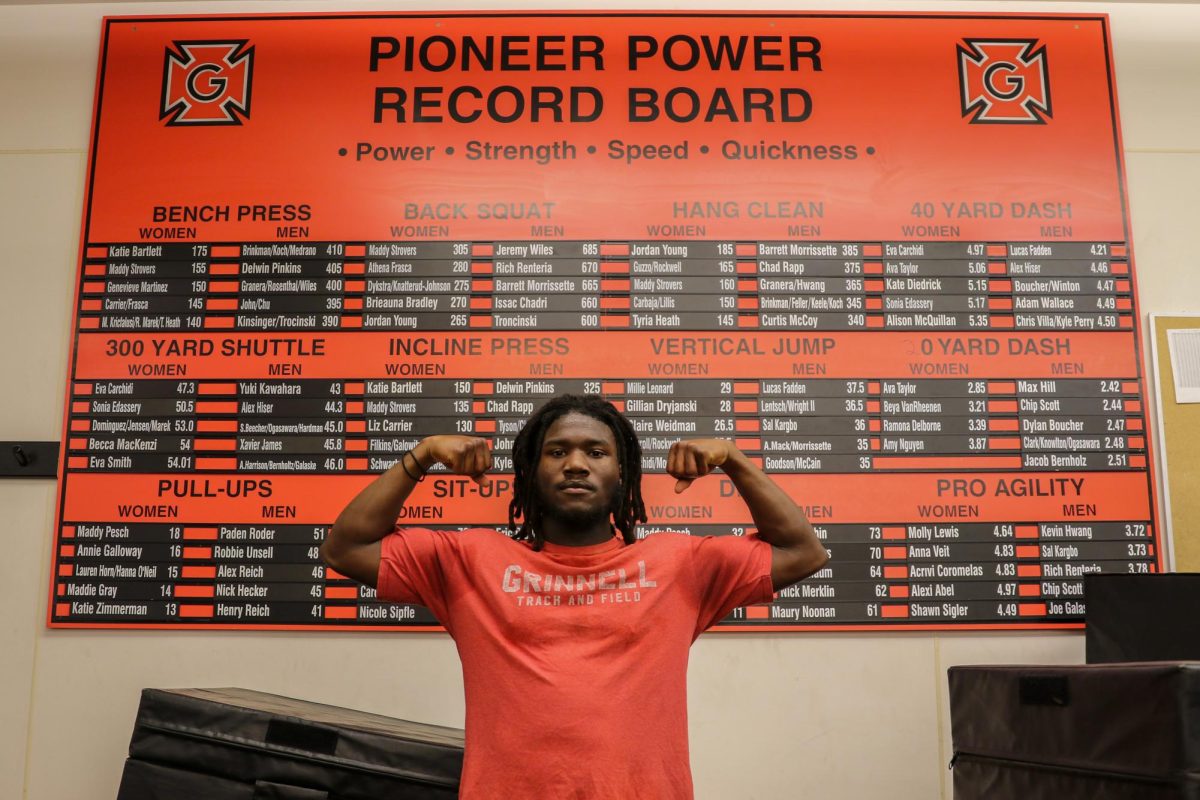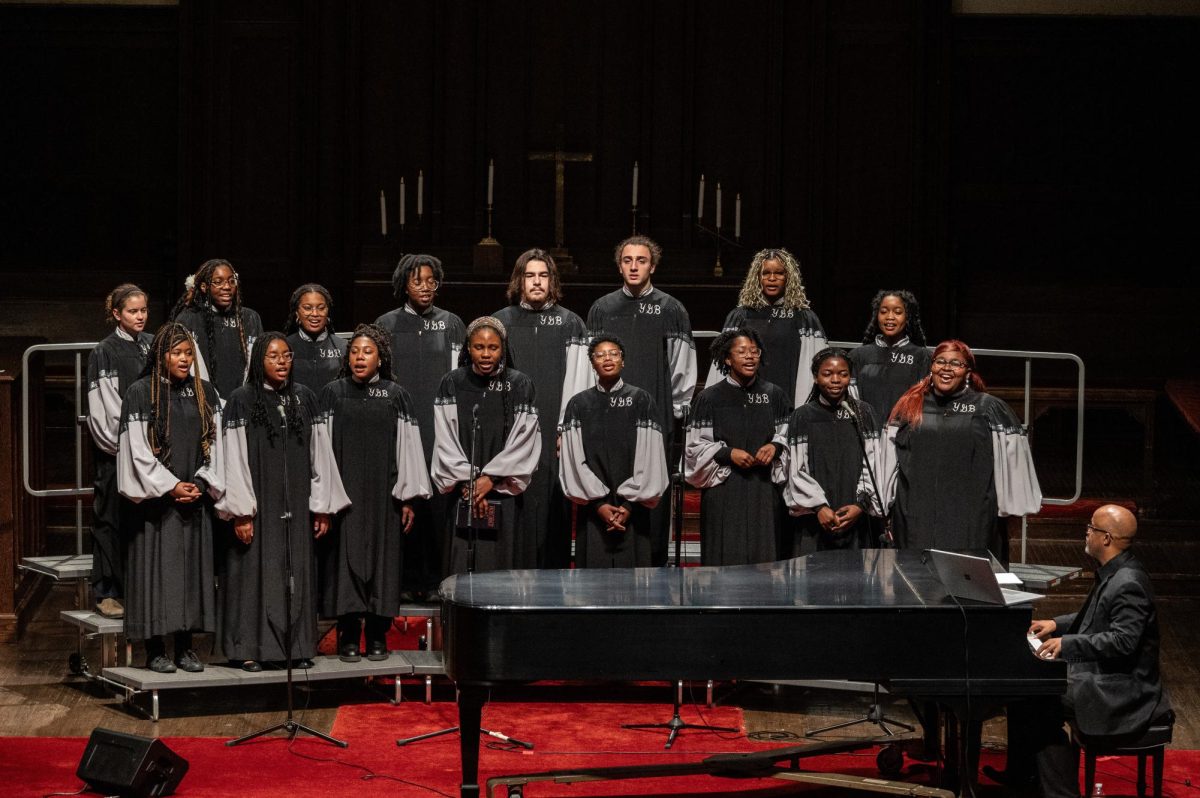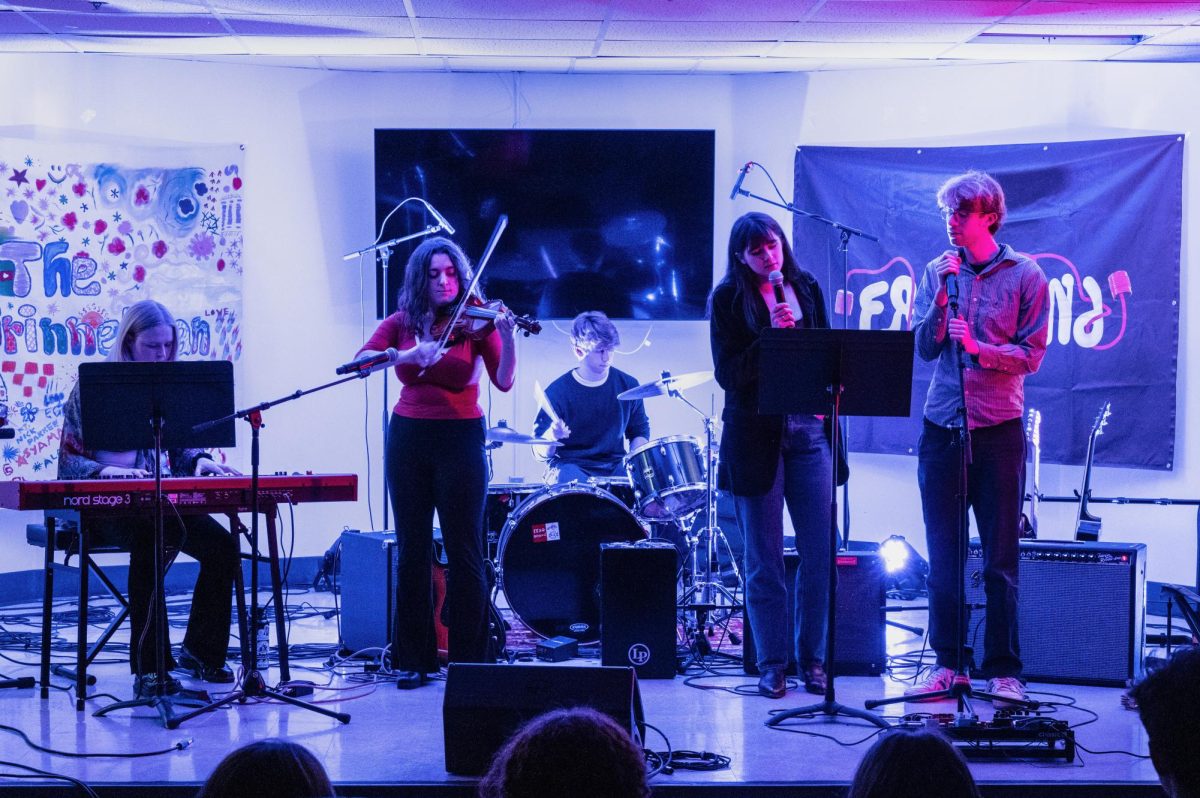
With the word “documentary,” most people’s eyes glaze over, but I truly believe that this genre is underrepresented in pop culture. There’s a notion that all documentaries are painstakingly heartbreaking, but that isn’t necessarily the truth. The first two of the five documentaries in this list are fairly light-hearted; the rest offer an incredibly entertaining and worthwhile viewing.
Documentary Now! (2015-present)
Beginning in 2015, Saturday Night Live veterans Bill Hader, Fred Armisen and Seth Meyers created “Documentary Now!” a television series that recreates popular and critically-acclaimed documentaries in a satirical way, with Hader and Armisen playing the main characters. That description is accurate in how ridiculous it sounds because “Documentary Now!” offers a different approach to obscene or sad material. I start my list of documentaries here, because this television show offers a great introduction into the genre. “Documentary Now!” has spoofed classic documentaries like “Grey Gardens” and “The Thin Blue Line,” but my favorite episode is the satire of Vice documentaries, wherein Hader and Armisen play these millennial hipster reporters that keep getting killed and replaced, a darkly satirical take on how Vice always brags about going to “the most dangerous places.”
Where to Invade Next (2015) by Michael Moore
“Where to Invade Next” is the most accessible film by Michael Moore, famed documentarian of “Bowling for Columbine” and “Fahrenheit 9/11.” In “Where to Invade Next,” Moore travels to five different countries and explores what they’re doing right, highlighting the excellent education systems in Slovenia and Finland, the paid time off in Italy, etc. The essential argument of the film is that the United States could easily adapt these democratic socialist systems in order to increase the standard of living. “Where to Invade Next” is not a heavy documentary, but rather has a message of hope that substantive change is possible. Also, Moore’s work is well-known for being entertaining, so if you want a political documentary that won’t make you cry, I’d recommend “Where to Invade Next.”
Paris Is Burning (1990) by Jennie Livingston
A documentary with a passionate cult following, “Paris Is Burning” chronicles the drag ball scene in New York City in the 1980s. The type of film that you watch over and over, “Paris Is Burning” follows four major figures of the ball scene and everyday people who participate in the balls, highlighting the intersection of gender, race and queerness in a specific period of time. Seeing this film, you start to understand how much of the mainstream pop culture today, like Madonna’s “Vogue” and “RuPaul’s Drag Race,” comes from low-income queer cultures of color. I love this documentary because it does what any good piece of art does; it highlights the struggles and triumphs of a community that otherwise would pass into history without recognition
How to Survive a Plague (2012) by David France
This documentary, of all those of the list, will produce the most tears so be warned. “How to Survive a Plague” traces the establishment and actions of ACT-UP, the AIDS Coalition to Unleash Power, a grassroots activist organization that worked to advocate for HIV/AIDS patients by pushing for drug development and patient rights. The documentary combines archival footage with interviews with HIV positive activists. While, admittedly, this documentary whitewashes HIV/AIDS activism, it still offers a perspective on a period of United States and international history that is rarely discussed. The film frames this activism of the 1980s and 1990s as a major era in the history of United States grassroots activism, a solid example of how documentaries can create agency and narrative for overlooked peoples and movements.
I am Not Your Negro (2016) by Raoul Peck
Based on the unfinished personal memoir, “Remember This House” by James Baldwin, “I am Not Your Negro” accounts Baldwin’s thoughts on three civil rights leaders: Martin Luther King Jr., Medgar Evers and Malcolm X. Director Peck imagines what the work would have looked like if Baldwin had lived to finish it, made up of television interviews of James Baldwin and his own words narrated by Samuel L. Jackson. Peck made the decision to let Baldwin’s voice come through rather than creating a documentary about his life. “I Am Not Your Negro” also poignantly makes clear how relevant Baldwin’s words remain in the United States.
Additional Recommendations:
“Jiro Dreams of Sushi” (2011) by David Gelb; “Waltz with Bashir” (2008) by Ari Folman; “13th” (2016) by Ava DuVernay; “Bill Cunningham New York” (2010) by Richard Press; “The Central Park Five” (2012) by Ken Burns.





